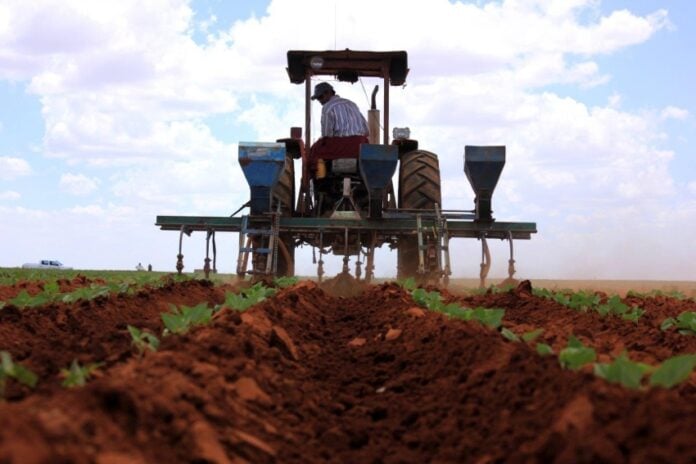Why do tomatoes look perfect in the United States but taste better in Mexico? This might sound like the setup to a joke, but it’s sadly not.
Produce in Mexico tastes so much more like itself, even though American fruits and vegetables often look like something out of a commercial. Why is that? Is it the climate? The soil? A closer look at the regulatory policies of both countries gives us some clues.
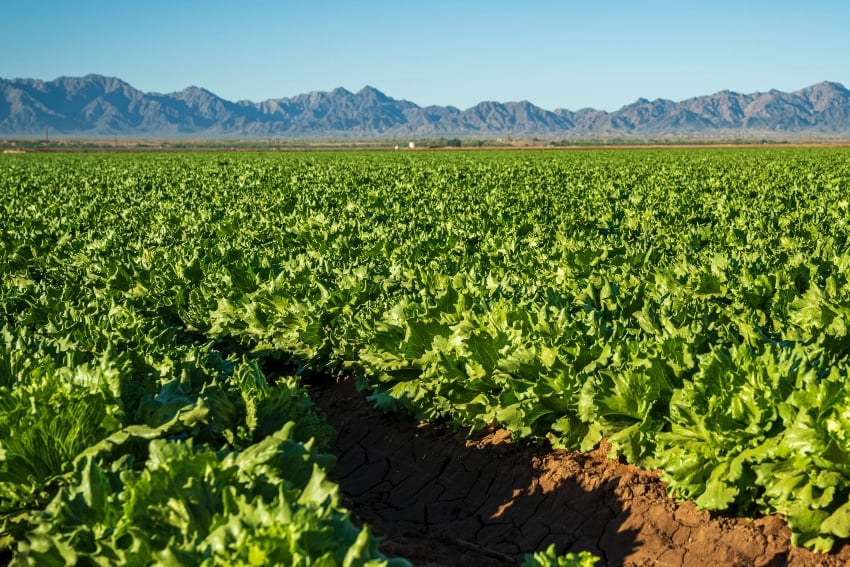
I’ll say it plainly: Much of the food in the United States is a cesspool of disease-inducing toxicity. American food culture is facing a reckoning. Obesity is at an all-time high, chronic illness is rampant, and cancers that were once rare among younger adults — like colorectal cancer — are now appearing more and more in people in their 30s and 40s.
These ominous trends aren’t random. They’re a result of decades of troublesome food policies that set the United States apart from much of the developed world — indicators of a system that consistently prioritizes corporate profit over public health.
First-world country, third-world practices
Europe and Latin America maintain stronger regulatory safeguards and stricter food-safety standards than the U.S. due to one major difference in policy: The European Union’s regulatory body, the European Food Safety Authority (EFSA), takes a precautionary approach, so if a food or agricultural product’s safety is not definitively clear, it can be banned or restricted until it’s proven safe. The U.S. Food and Drug Administration and the United States Department of Agriculture, however, generally take a more risk-based approach, allowing food products on the market until harm is proven. According to the website of the food safety compliance consulting B2B company RDR Global Partners, the USDA allows food manufacturers to determine the safety of certain food additives without FDA preapproval.
The EFSA, for example, bans or refuses approval for hundreds — in some estimates, over a thousand — agricultural products and chemical food additives under this principle, many of which are legal in the U.S. This list includes toxic pesticides, synthetic hormones, growth antibiotics and artificial dyes linked to cancer and hyperactivity in children.
Meanwhile, American grocery shelves remain filled with products that would be pulled from stores in Paris or Berlin.
The case of paraquat
Consider the recent case of paraquat, a pesticide manufactured in China but banned for use there because of its toxicity. Despite clear evidence linking it to Parkinson’s disease and other severe health issues, the U.S. recently ruled it permissible for agricultural use. The logic is not logical: it’s too dangerous for Chinese farmers in the country that exports it, but acceptable for American ones.
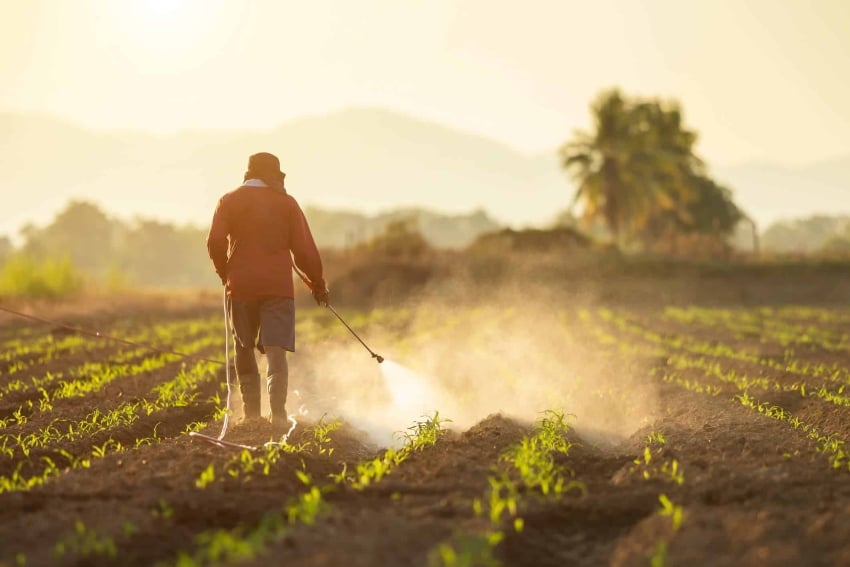
Robert F. Kennedy Jr., whether you like him or not, has brought to light many of these alarming truths. Corporate influence has dangerously compromised America’s food-safety system, prioritizing profit margins over public health. It’s broken, and the cracks are showing.
Looking South
So where does Mexico fit into this story? Are its agricultural practices any better than those of its Northern neighbor’s?
The answer is, it’s complicated (and isn’t everything these days).
Mexico’s regulatory framework reflects a different set of priorities. In many respects, it protects public health significantly more than the U.S. does. The country has banned 183 highly hazardous pesticides that remain authorized in the U.S. In 2025, it went further, prohibiting an additional 35 toxic pesticides, including aldicarb, carbofuran, and endosulfan — all of which are still used in American agriculture.
Mexico is also phasing out glyphosate (the controversial herbicide linked to everything from cancer to neurological disorders), though slowly and under pressure from U.S. trade negotiators. Beyond pesticides, Mexico bans recombinant bovine growth hormone (rBGH), used widely in American dairy; chlorine-washing of chicken, a standard U.S. poultry practice; and several synthetic food dyes linked to behavioral issues in children.
Even preservatives tell a story: BHA and BHT — common in American processed foods despite links to cancer — are banned in Mexico. Potassium bromate, still found in U.S. baked goods, is illegal in Mexican bread.
The organic alternative
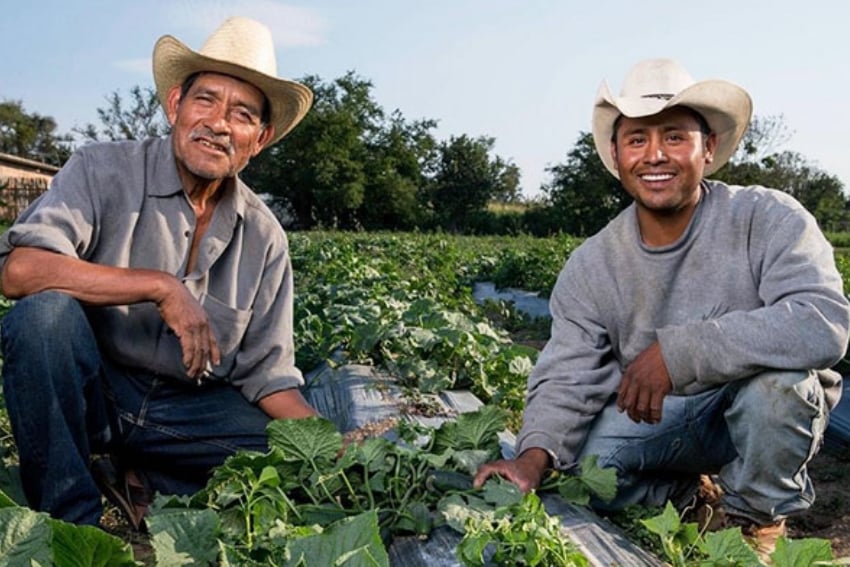
Mexico’s commitment to agricultural reform extends beyond just “banning the bad stuff.” The country and its regulatory bodies have embraced organic and agroecological farming with enthusiasm. With 246,899 hectares of certified organic land, Mexico ranks as one of the largest organic food producers in the world. Its organic standards are rated much stronger than American standards in terms of sustainable management.
There is a fundamentally different vision of agriculture in Mexico — one that prioritizes small-scale farming (70% of Mexican farms are only five hectares or less) and sustainable methods over the large-scale industrial operations and corporate mega-farms that dominate American food production. The result is an agricultural culture that values flavor, biodiversity and ecological balance as much as yield.
The American advantage
To be fair, it’s not as if Mexico has “solved agriculture.” Far from it. The country still permits 140 highly hazardous pesticides that are banned elsewhere. Regulatory enforcement can also be inconsistent across regions.
Meanwhile, the U.S. still outperforms Mexico in several areas: consistent monitoring systems, stronger data infrastructure, better farmer training and advanced technology for precision agriculture. American farms are more efficient, more productive and better equipped for large-scale distribution. But efficiency isn’t the same as quality. Producing more food doesn’t mean producing better food.
No-nutrient produce
In fact, these industrial farming practices in the U.S. have led to significant declines in the nutritional value of produce due to soil degradation, monoculture (when only one crop is grown versus a seasonal rotation), heavy synthetic fertilizer use and prioritizing crop yield over nutrient density. For example, U.S.-grown fruits and vegetables today contain less protein, calcium, iron, magnesium and vitamins compared to those grown decades ago, with documented drops in nutrient levels in key crops like broccoli and corn.
However, because a greater proportion of Mexican agriculture uses traditional methods —crop rotation, polyculture, conservation agriculture or organic fertilization — soil health and nutrient density are better sustained. The prevalence of small farms in Mexico means that they often maintain higher organic matter and soil fertility compared to intensive crops due to less stripping of native vegetation and more integrated management.
What we choose to tolerate
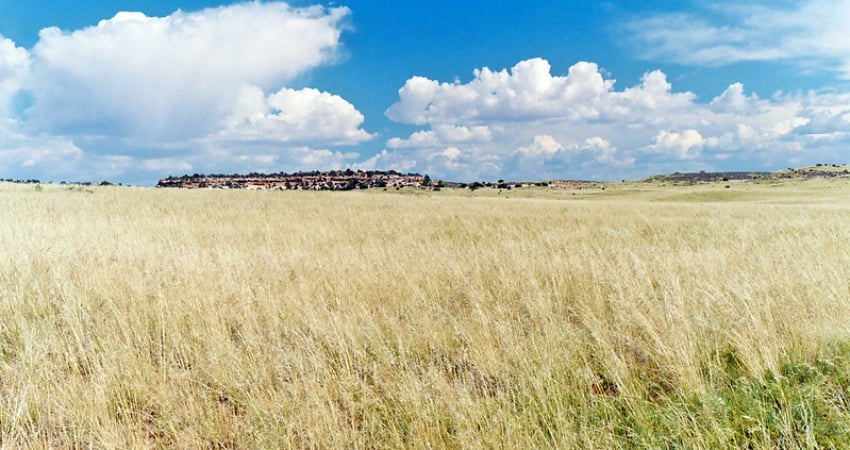
At its core, this is about priorities. The U.S. can mass grow pristine-looking tomatoes by the ton, but they’re flavorless, lacking in nutrients and chemically saturated.
Mexico’s tomatoes, by contrast, may often look imperfect but taste like the real thing because they are. They’re less engineered for shelf life and more shaped by natural soil, sunlight and microbial balance. They reflect a value system where flavor, nutrition and ecological health matter more than yield, profit and appearance.
For a country that calls itself “the greatest nation on earth,” it’s shocking that the U.S. tolerates standards rejected by much of the developed world. When a developing nation with a fraction of America’s wealth and resources implements stricter food safety standards, it exposes the way American regulatory bodies disregard the safety and well-being of consumers in the name of profit.
“American-made” has become less a guarantee of quality than a warning label for products that wouldn’t pass elsewhere.
Priorities, not perfection
This isn’t about perfection — neither country has achieved that. But it is about priorities. And right now, America’s priorities in food production seem oriented toward every constituency except the people who actually eat the food. Until that changes, we’ll continue producing gorgeous, tasteless tomatoes while rates of diet-related diseases climb. We’ll continue allowing chemicals in our food supply that China won’t permit on its own soil. We’ll continue calling ourselves exceptional while accepting standards that would be considered unacceptable almost anywhere else in the developed world
The evidence is there. The question is whether we’ll demand better before the crisis becomes impossible to ignore.
Monica Belot is a writer, researcher, strategist and adjunct professor at Parsons School of Design in New York City, where she teaches in the Strategic Design & Management Program. Splitting her time between NYC and Mexico City, where she resides with her naughty silver labrador puppy Atlas, Monica writes about topics spanning everything from the human experience to travel and design research. Follow her varied scribbles on Medium at medium.com/@monicabelot.
